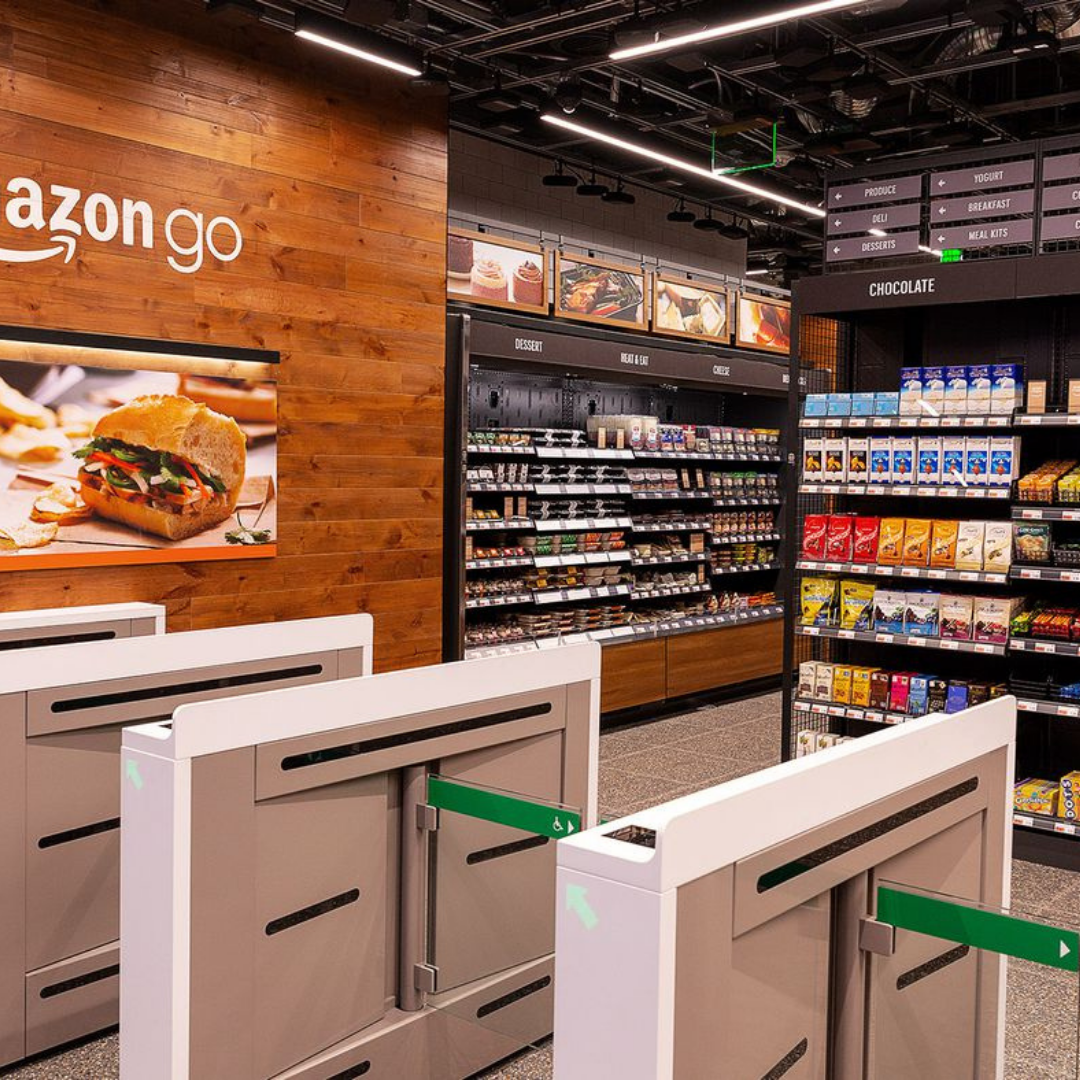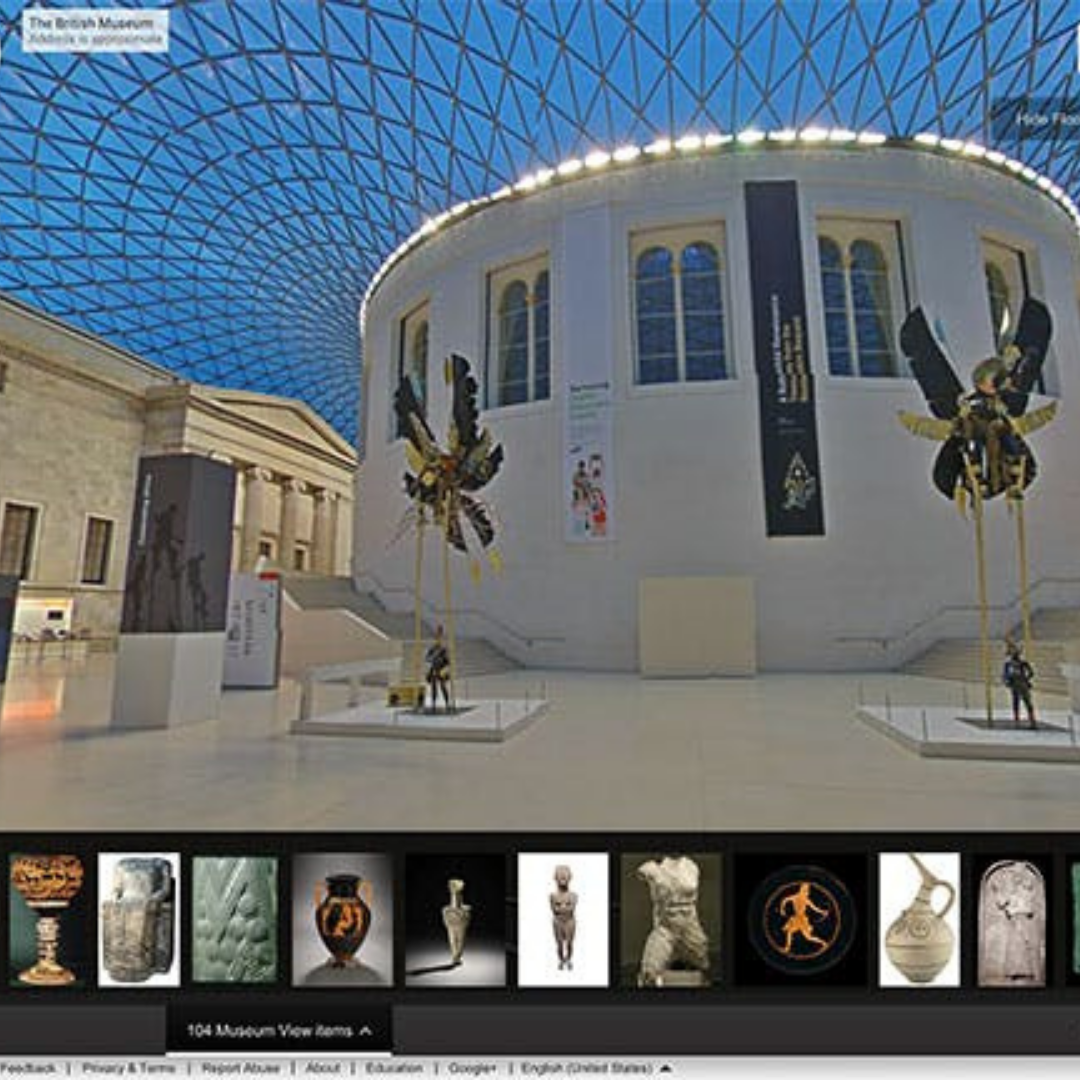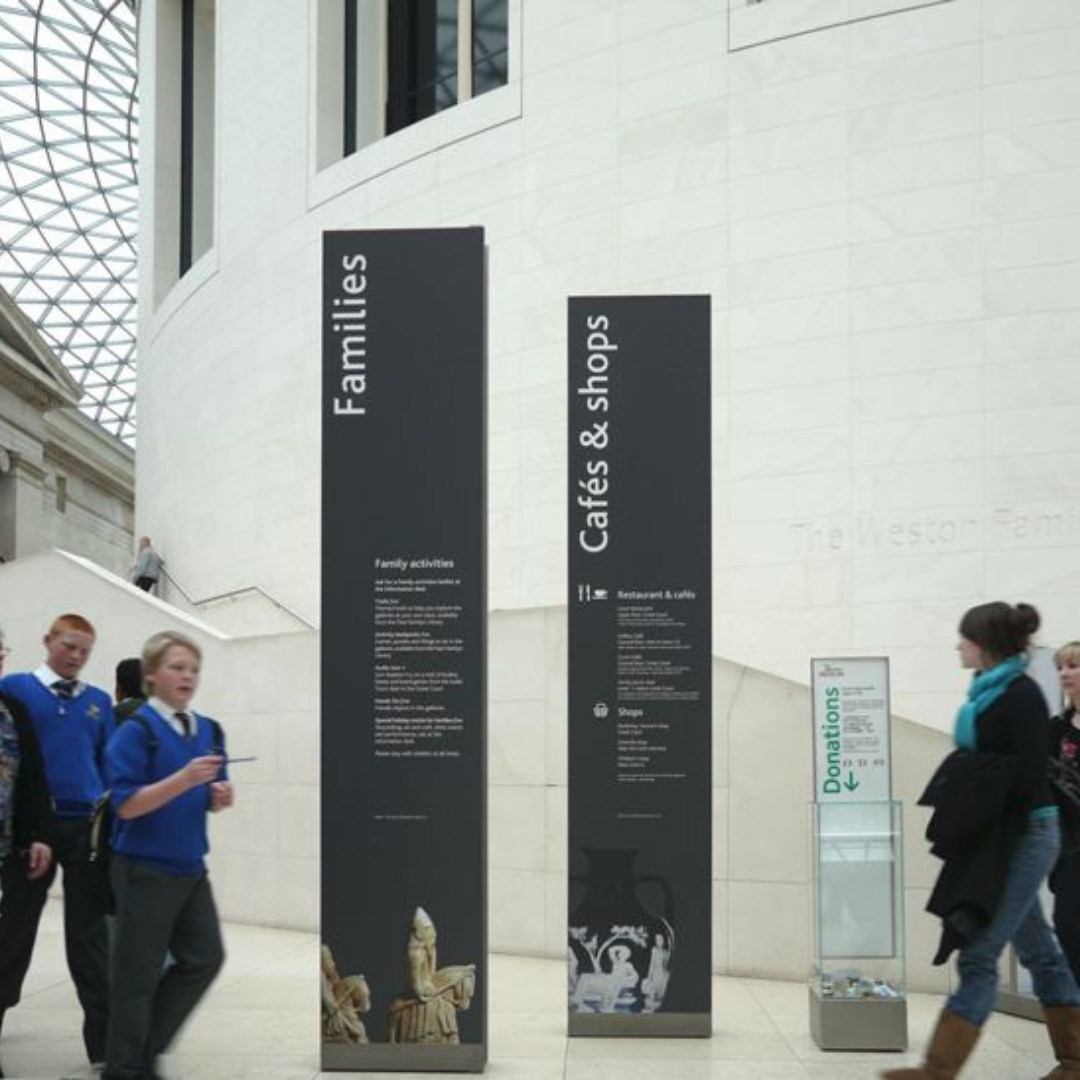Channelling business development
Like the instruction manual for constructing a flatpacked bookshelf, a business development model is essential for companies and organisations that need revenue to survive. The model will set out the strategy for using the resources at their disposal to generate sales and income.
The detail in the model is not carved in stone and can change over time depending on a range of economic and social factors. It is highly likely that at some stage a decision will be made about products and services being available online or in-store.
In its most basic form, the big question is: does an online retailer invest in acquiring a high street presence and does, for example, a museum full of artefacts decide that income would grow by boosting its online offering?
Consumers do not shop exclusively online, nor do they only shop in-store. In fact, they do both. And a successful strategy focused on not only marketing products and services but ensuring the best customer experience possible needs to have a firm presence in both worlds.
Take Amazon. The retailer of just about anything, made its name online but has moved into bricks and mortar, thus making it so much more than Amazon.com. The move focused on customer service and taking the hassle out of shopping.
The company’s first-ever fashion store is set to open later this year in the US. Amazon Style “reimagines in-store shopping”. Only one of each product will be available to view on the floor, with customers able to scan a QR code to request different sizes and colours. They will then be able to pick them up at a till point or fitting room that are also equipped with touchscreens.
The store’s heavy reliance on technology including touchscreens and biometric palm reading service means that customers will be able to check out by scanning their hands. The move builds on its already established store presence with the Amazon Go convenience store, a checkout free stores with no cashiers or self-service tills.



The British Museum has gone the other way. The pandemic accelerated the online presence of museums and galleries. With doors closed and people stuck inside, demand soared for the experience of a virtual visit. The museum was already ahead of the game. It collaborated in 2015 with Google Arts & Culture to create a virtual tour of its galleries – it took the Google Street View team with its trolley-mounted camera five days to capture the whole building.
In November 2019, the museum added virtual galleries to its website: thematic selections of works, presented as photographs alongside text from curators, which focus on objects not usually on display. And in 2020, they relaunched their complete collection online and they also launched a podcast.
A multi-channel approach is the key to enhancing the experience of your customers, so you need a business development model that prioritises that approach. And for a business development model that can build your brand, your designs, your creativity and your colour in a way that enhances that experience, you need Leach.
Get in touch with us now to see how we can support your business development.








